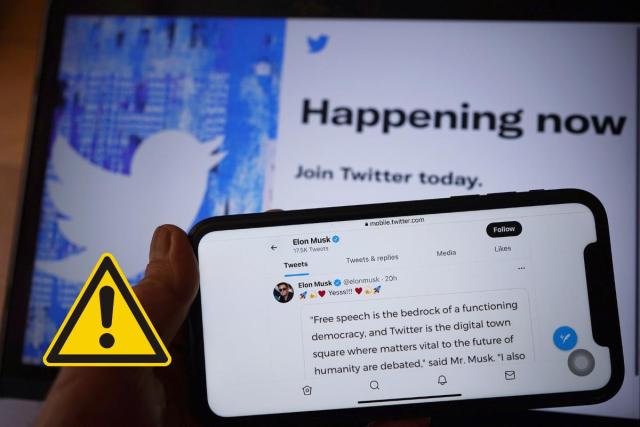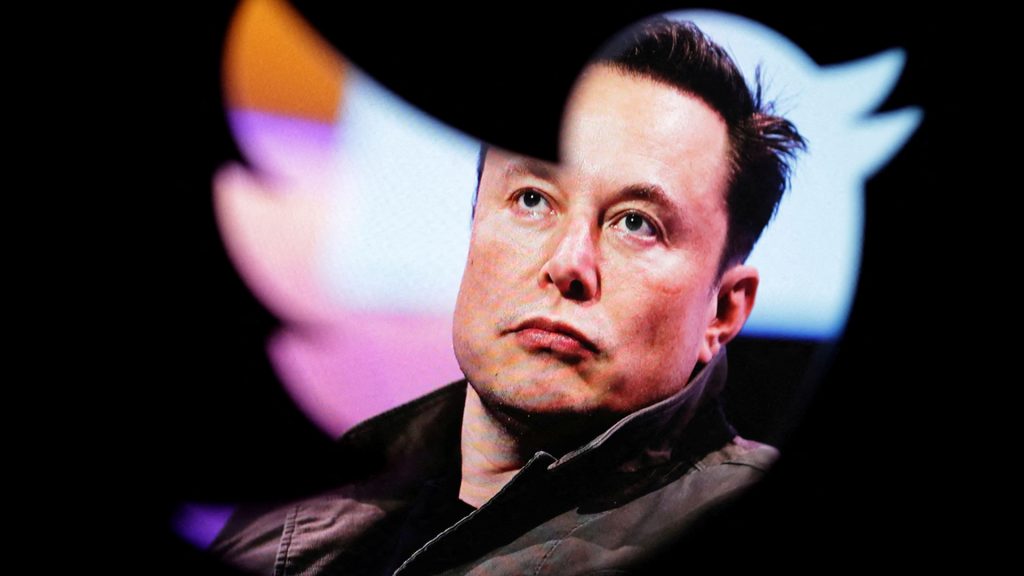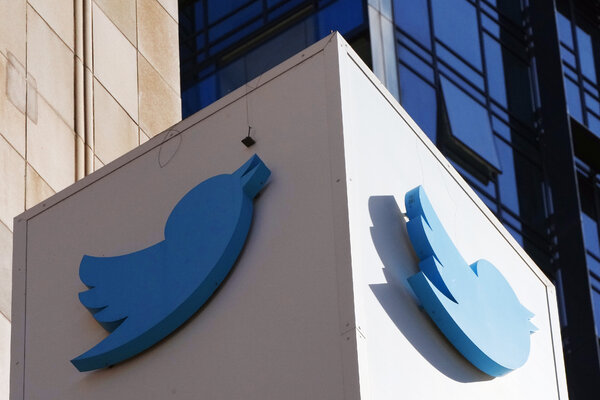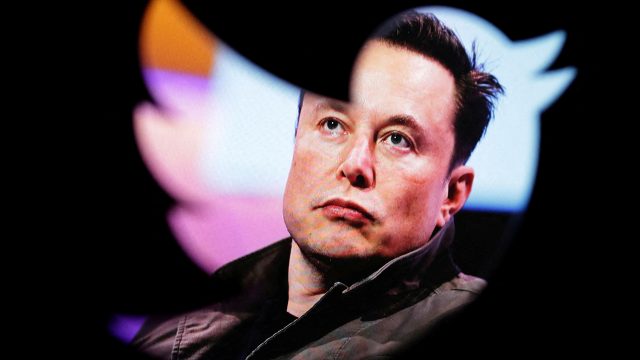Twitter experienced another outage on Monday, with thousands of users unable to access links, photos, and other key features of the site. This was the second time in a month that Twitter had experienced issues due to minor changes in the code. Twitter CEO, Elon Musk, blamed the issue on a small API change with massive ramifications, calling the site “brittle” and stating that it would ultimately need a complete rewrite.
Since taking over Twitter, Musk has aggressively cut costs and laid off over two-thirds of the company’s staff, including critical engineering teams, leading to concerns about Twitter’s ability to retain core functions. Musk has also pursued new revenue streams, such as charging for the company’s signature blue verification icons, and pledged to restore “free speech” to the platform.

However, his tenure has been marked by embarrassing mishaps, including the botched rollout of the checkmark feature and leaks of company information. Despite warnings from Twitter employees about the site’s vulnerabilities in the event of an outage, Musk ordered Twitter’s largest data center in Sacramento to be shut down.
Twitter users were greeted with glitches almost immediately on Monday, with some functions appearing to be restored later in the morning. This mirrored a similar outage in early February, which arose as Twitter was making changes to its API. Musk has maintained for months that Twitter’s code needs a complete overhaul, stating that it is extremely brittle for no good reason.
Since Musk’s takeover of Twitter, the social media platform has been beset by outages and technical glitches, prompting criticism from users and former employees. The latest outage occurred on Monday, with thousands of users reporting issues accessing links, photos, and other key features. In response to the outage, Musk tweeted that “a small API change had massive ramifications,” describing the site’s code stack as “extremely brittle for no good reason” and indicating that a complete rewrite was necessary.

Musk’s tenure as CEO of Twitter has been marked by aggressive cost-cutting measures, including the layoff of more than two-thirds of the company’s staff. Concerns have been raised about the company’s ability to maintain core functions, with critical engineering teams reduced to one or zero staffers.
Before Musk’s takeover, Twitter had a risk evaluation team that vetted product changes for potential problems, but the team was laid off after Musk’s takeover, leading to product rollouts riddled with bugs. Musk has also pursued new revenue streams, such as charging $8 a month for the company’s signature blue verification icons.
Since Musk’s takeover, Twitter employees have warned of the site’s vulnerabilities, including the risk of overlapping outages at off-site data centers, which could leave critical data unrecoverable and cause Twitter to go down for months. Despite these concerns, Musk ordered Twitter’s largest data center, in Sacramento, to be shut down in December.
Musk pledged to restore “free speech” to the platform, firing the company’s previous slate of managers whom he had blamed for a content moderation approach rooted in protecting against the harms of hate speech and misinformation. He has also cracked down on leaks of company information under his own leadership.
Monday’s outage mirrored a similar outage from early February, which arose as Twitter was making changes to its API, the data feed intended for developers. Twitter faced a widespread outage on Feb. 8 that left users unable to send tweets and direct messages, follow other accounts, and load content in their timelines.
In response to the outages, Musk has maintained that Twitter’s code base needs to be overhauled, although he has grown irritated when pressed to explain what that means. The latest outage highlights the challenges facing Musk as he seeks to remake Twitter in his image while also addressing technical issues that have plagued the platform.
The fallout from these outages and technical issues has been significant. Twitter has faced criticism from users, many of whom have grown frustrated with the platform’s instability and lack of functionality. Some have even called for Musk to step down as CEO, arguing that he is not capable of managing such a complex platform.

Despite these challenges, Musk remains committed to his vision for Twitter. He has repeatedly stated his belief that the platform should be a bastion of free speech, and has made significant efforts to reduce censorship and moderation on the site. However, some experts have warned that Musk’s approach could ultimately backfire, leading to a proliferation of hate speech, misinformation, and other harmful content.
As Twitter continues to grapple with these challenges, it remains to be seen whether the platform can overcome its technical and managerial issues and regain the trust of its users. While Musk’s leadership has undoubtedly brought significant changes to the platform, the question remains whether those changes will ultimately prove to be for the better or the worse.
Musk’s approach to Twitter has been controversial from the outset. He pledged to restore “free speech” to the platform, but his tenure has been marked by embarrassing mishaps and a crackdown on leaks of company information. Musk fired the company’s previous slate of managers, whom he blamed for a content moderation approach rooted in protecting against the harms of hate speech and misinformation. He also pursued transparency on the old regime’s decisions, but has cracked down on leaks of company information under his own leadership.
Before Musk’s takeover, Twitter had a risk evaluation team that vetted product changes for anticipated problems. However, after Musk took over, he laid off more than two-thirds of the company’s staff, including the risk evaluation team, and pursued new revenue streams such as charging $8 a month for the company’s signature blue verification icons. Since then, Twitter has faced multiple outages, hampering key features, and each was said to come as the company made changes to its code.
Despite concerns about Twitter’s vulnerable infrastructure, Musk ordered Twitter’s largest data center, in Sacramento, to be shut down in December, according to The Washington Post. The move came despite warnings from Twitter employees about the site’s vulnerabilities in the event of an outage. Twitter whistleblower Peiter Zatko cautioned about a potential event of overlapping outages at Twitter’s off-site data centers, for example, in a complaint obtained by congressional committees. That type of outage, he said, could leave critical data unrecoverable and cause Twitter to go down for months.
In conclusion, Twitter’s recent outages have underscored the fragility of the site’s code stack, which Elon Musk has called “extremely brittle.” Since taking over Twitter, Musk has pursued aggressive cost-cutting measures and pursued new revenue streams, resulting in layoffs and the shutdown of Twitter’s largest data center. These moves have led to concerns about Twitter’s ability to retain core functions and maintain the site’s security and integrity.


